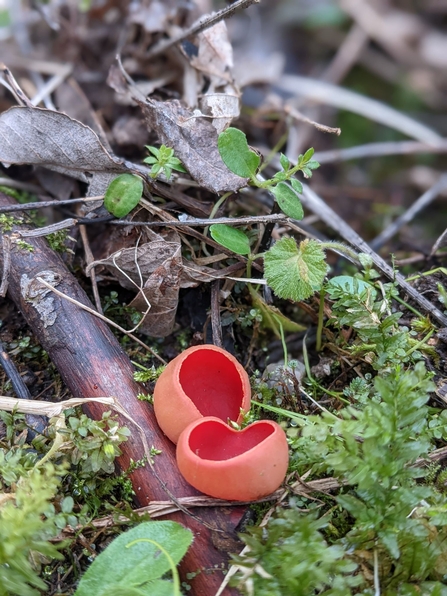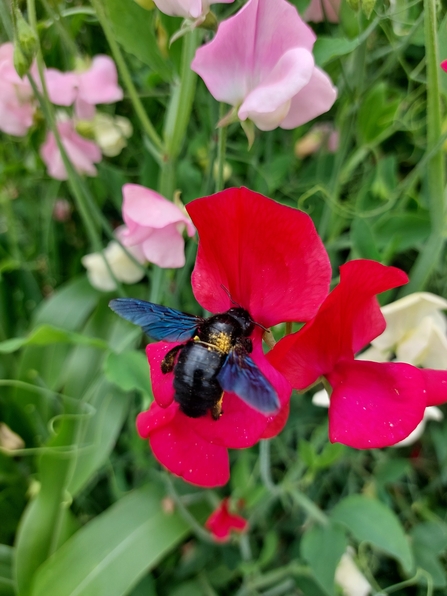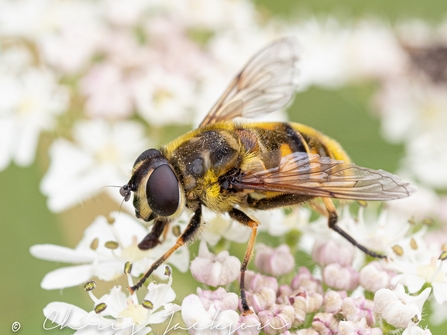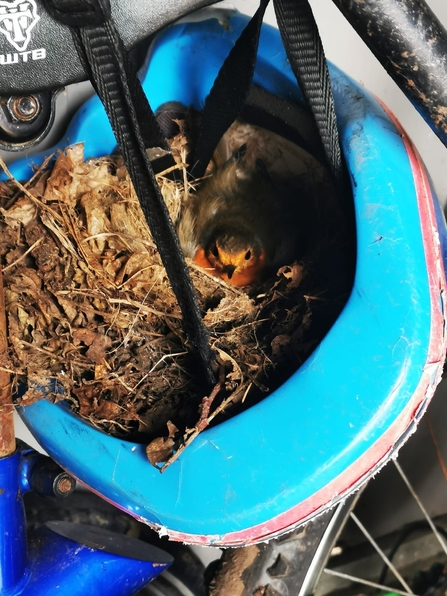
My name is Charlie and I’m the Derbyshire Biological Records Centre Assistant. I started working with the Records Centre in summer 2021 on a traineeship alongside completing my master’s degree in Biological Recording and Ecological Surveying. I’m now part of a small but hard-working team that spends their time verifying, storing and providing data on Derbyshire’s wonderful wildlife, from across the whole county.




